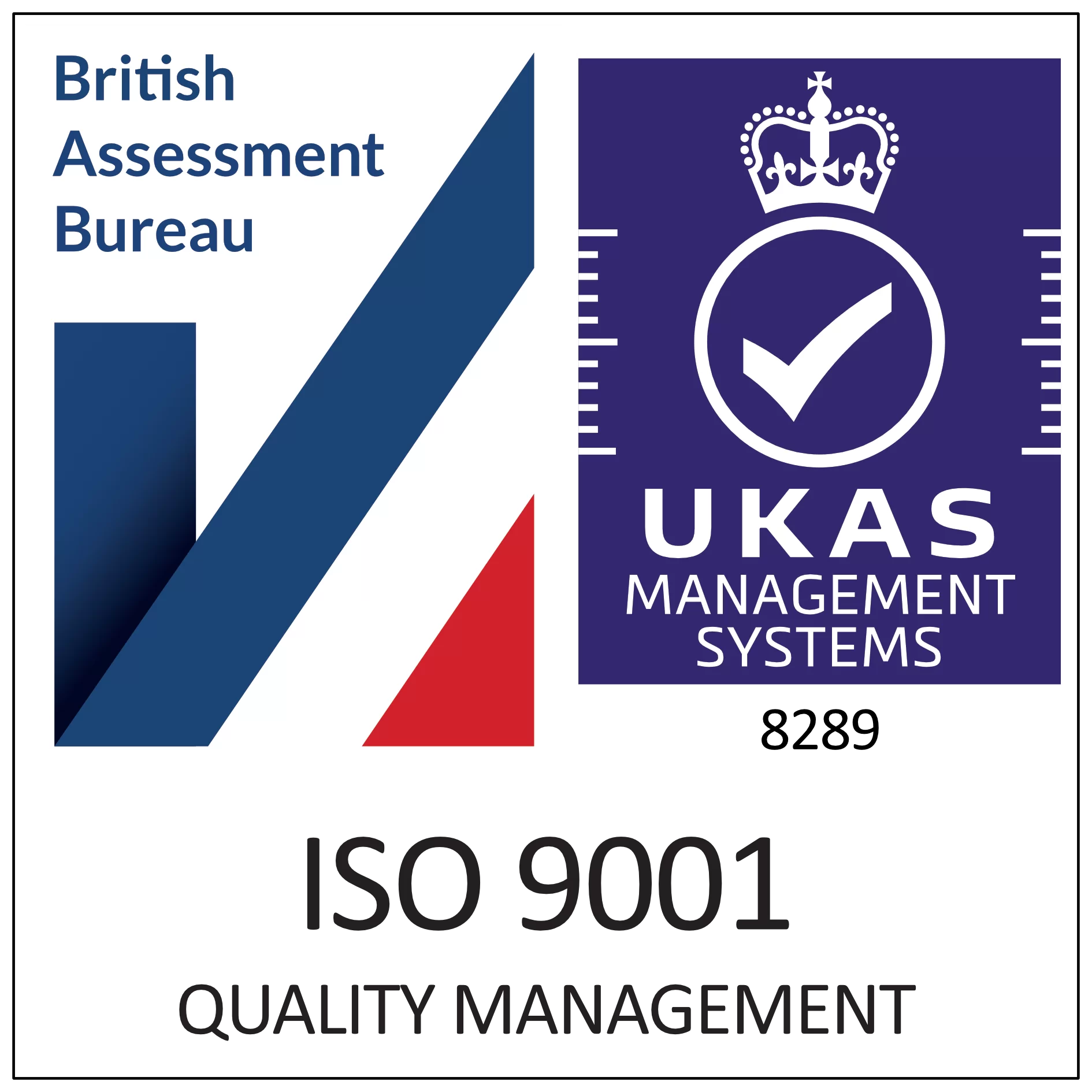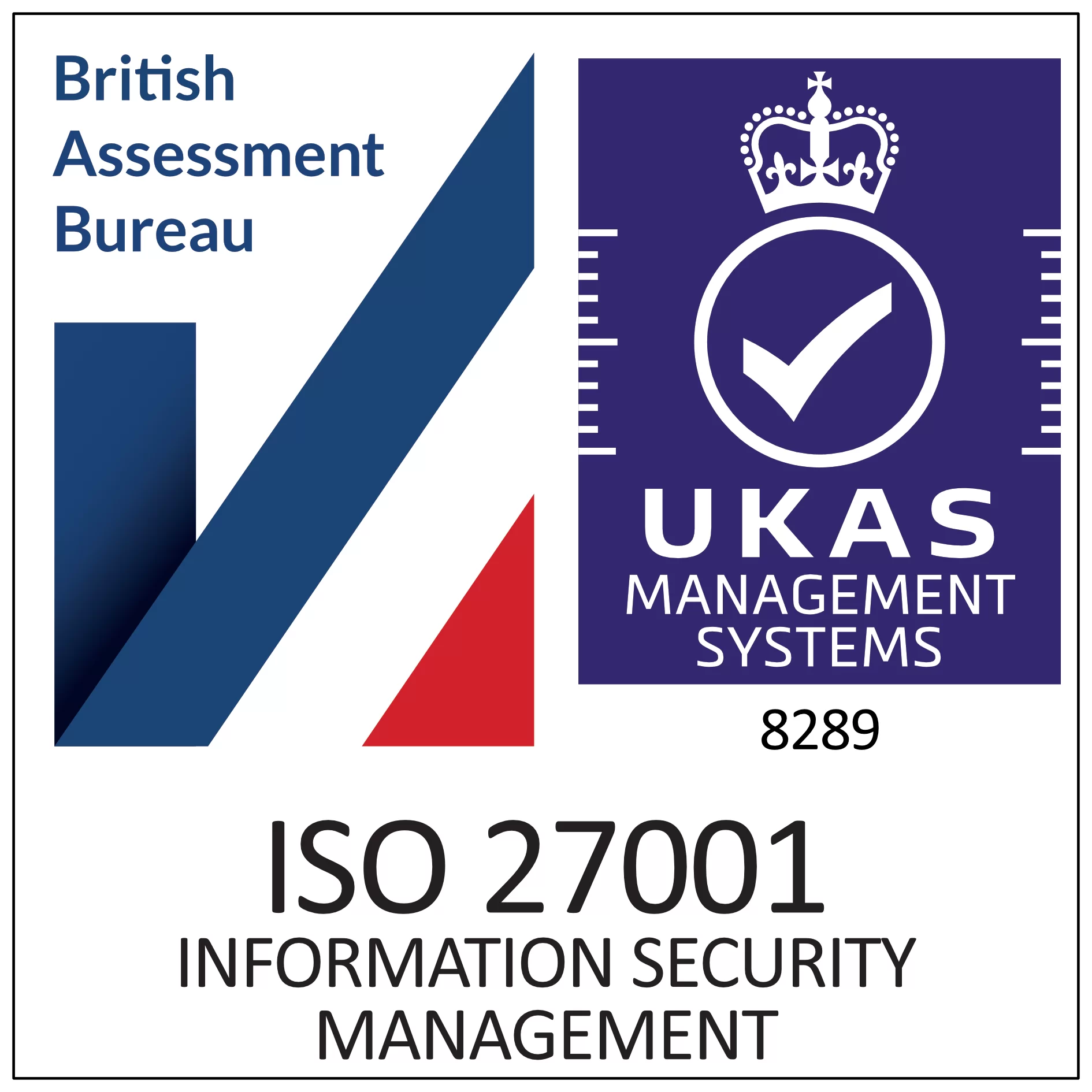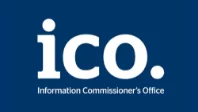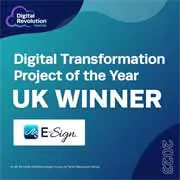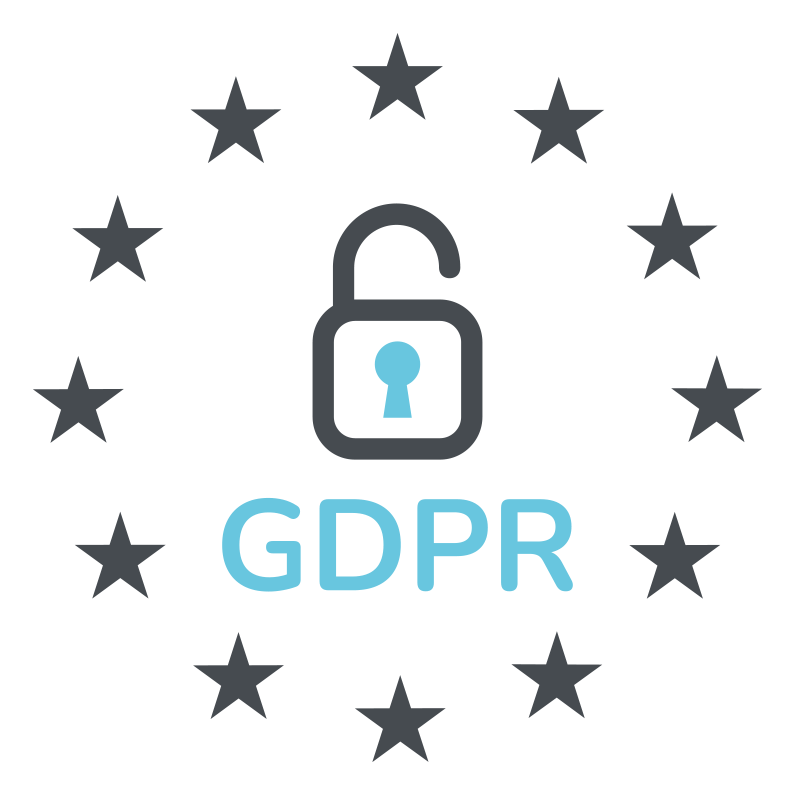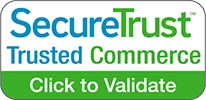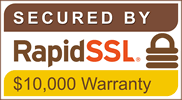Simple eSignatures
What are simple electronic signatures?
Simple eSignatures (SES) are the most basic and easiest type of signature to implement, as there is no identity verification required, or additional security measures to protect the integrity of the document. Anyone who opens it can add a signature, whether that is by drawing the signature, typing it, uploading an image, or even complete a quick action like ticking an ‘I agree’ checkbox to confirm their agreement.
This makes them a good option for instances where an unofficial document needs to be signed, that won’t have any significant legal implications. Due to the lack of verification and security, similar to a traditional wet signature, simple eSignatures are easier to forge, which is why they are best utilised in low-risk transactions.
Examples of SES
- Clicking ‘I agree’ to terms when signing up, e.g., website terms
- Confirming a package delivery by signing the courier’s signature pad
- Signing certain internal documents in the workplace
- Signing off questionnaires, emails, or other communication types
Are simple eSignatures legally binding?
Simple signatures are legally binding in some cases, but there are several industries and use cases that require a higher level of authenticity in order for the signature to be legally accepted. The eIDAS regulation which defines the three types of e-signatures (simple, advanced, and qualified) states that a signature cannot be denied legal effect just because it is in an electronic format.
Therefore, simple signatures can be legally binding, but they don’t have the security or verification measures to be accepted in high-risk transactions in industries like finance and healthcare, that involve sensitive personal data.





